The idea of cooking without wasting food has become quite popular in recent years as more people become aware of the detrimental effects food waste has on the environment. The concept of zero-waste and plant-based restaurants has surfaced as a way to decrease food waste while encouraging a healthy lifestyle in light of concerns about climate change and sustainability.
Restaurants strive for a Michelin Green Star in addition to a Michelin Star. This brand-new star category was introduced in 2020 to recognize and award premier sustainable restaurants with outstanding eco-friendly culinary practices.
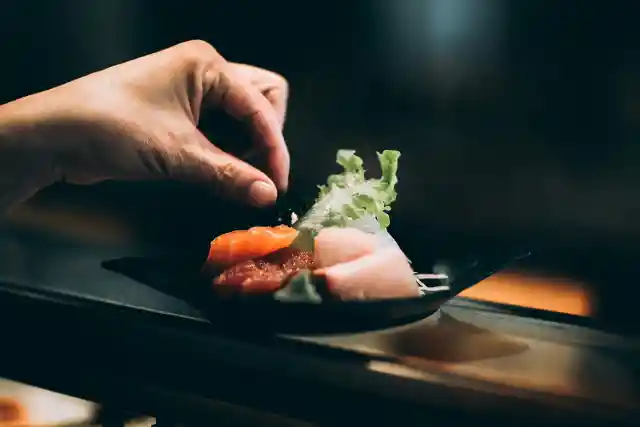

The restaurants listed below are not all Michelin Green Star restaurants, but each is committed to contributing to a green future for the fine dining culinary world.
Silo, London
---------------------------------------------------------------------------------
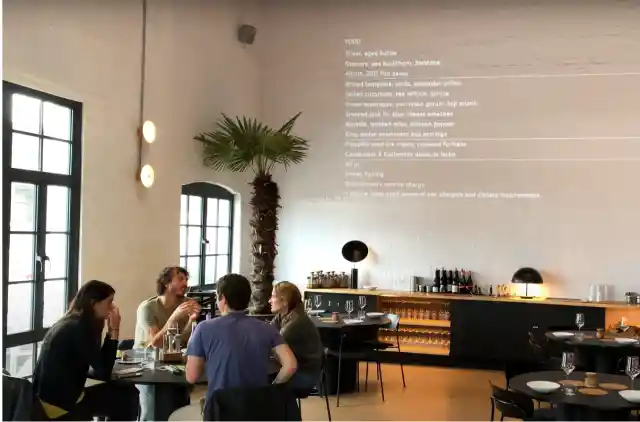
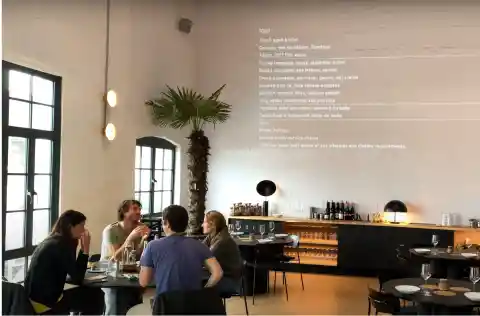
Leading the charge as the world's first zero-waste gourmet spot is Douglas McMaster's Silo. Before relocating to East London in 2019, the restaurant opened in Brighton and did not have a single garbage can inside. The food is supplied exclusively in reusable containers using emission-free ways, straight from farmers that practice zero-waste farming. To create bread, the crew grinds their own flour. They also compost, brew, or ferment all of their food waste. They use a "set menu" approach, which reduces the possibility of underselling any meal and helps maintain food quality and zero waste emissions.
Harbor House Inn, CA
---------------------------------------------------------------------------------
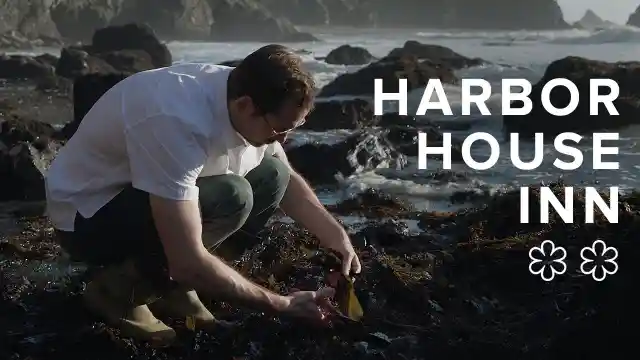

The historic 1916 Craftsman-style structure that houses the boutique hotel Harbor House Inn is nestled next to the Pacific Ocean on California's stunning Mendocino coast. For its commitment to sustainability, the Harbor House Inn's restaurant has been awarded a Michelin star as well as a Michelin Green star. The menu includes foraged items from the area, such as fragrant herbs, delicious mushrooms, and untainted seaweed. Additionally, Harbor House emphasizes the utilization of fire and steam as natural heat sources to enhance the flavors of its foods. In addition to these eco-friendly methods, Chef Kammerer has an on-site hen coop that provides eggs and manure for the restaurant's own gardens.
Pru, Thailand
---------------------------------------------------------------------------------
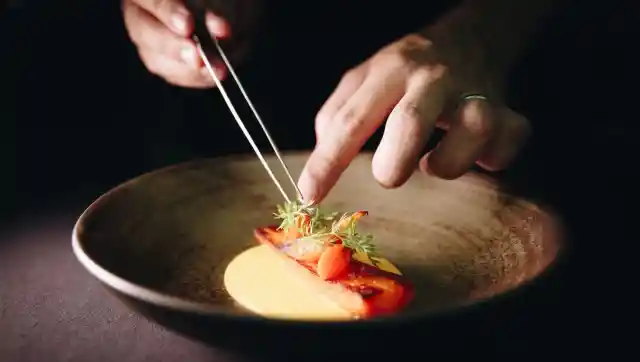

Under the leadership of Dutch chef Jimmy Ophorst, PRU—short for "Plant, Raise, Understand"—has been embracing locally produced products with respect from the beginning. The restaurant's 96-hectare organic farm, which includes organic vegetable gardens, free-range hens, and ducks, is only a 20-minute drive away. They exclusively utilize fresh, in-season items from Thailand, such as seafood that is fished by line and free-range animals. In order to protect the regional agricultural biodiversity, their research team has also constructed a seed bank.
Septime, Paris
---------------------------------------------------------------------------------


Seen as the greatest restaurant in Paris, Septime also happens to be one of the most sustainable, according to several lists. Ninety-nine percent of its products come from urban and local farms in and around Paris. The meat originates from free-range farms, the majority of the menu is composed of vegetables, and the entire animal—from head to tail—is utilized. Nothing goes to waste. Beef is off the menu because of its considerable environmental effect. They exclusively purchase seafood from small-scale fishers that avoid overfishing by employing sustainable methods.
Taian Table, Shanghai
---------------------------------------------------------------------------------
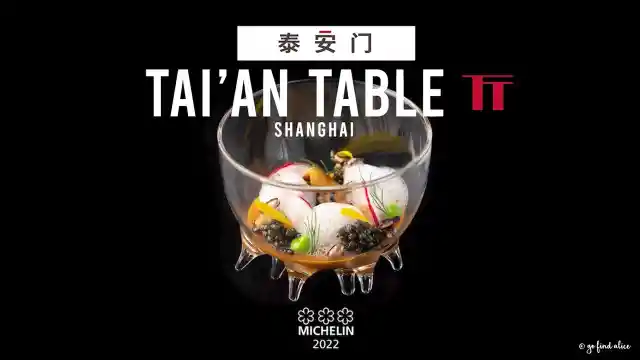
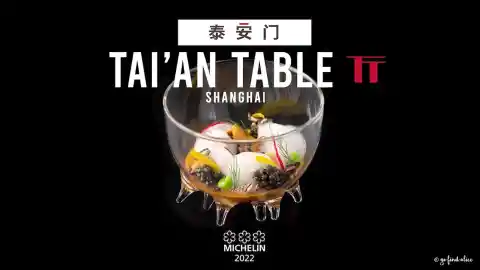
This creation of Chef Stefan Stiller has been a mainstay of the city's dining scene since 2016, and local foodies are all familiar with it. Guests may see the creation of each meal up close as counter chairs surround an island where the cooks prepare food. Eight items on the ten- or twelve-course menu are completely rotated every six to eight weeks. They purchase from environmentally friendly farmers and reduce their usage of plastic, food waste, and energy. Additionally, they encourage suppliers to use less packaging and recycle wherever they can.
Azurmendi, Spain
---------------------------------------------------------------------------------
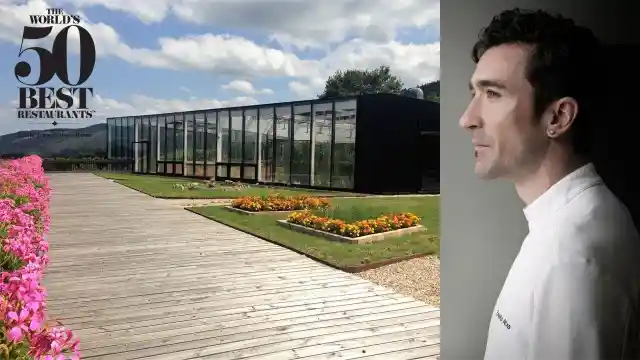
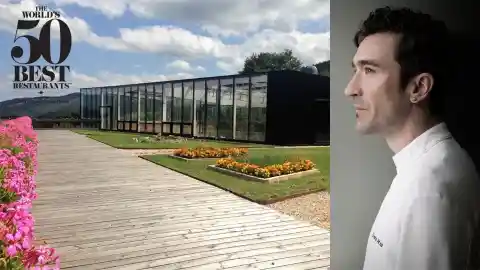
This three-star restaurant in the Basque Country is housed in a futuristic structure that looks like a greenhouse. With its solar panels, rainwater collecting system, geothermal energy, and natural ventilation, the building itself is meant to be environmentally friendly. In addition, the restaurant sources seasonal and local ingredients from surrounding farmers and grows fruits, vegetables, and herbs in its organic garden. You can take a tour of the kitchen, greenhouse, and garden before beginning your dinner, stopping along the route to taste various snacks and beverages.
Mountain and Sea House, Taipei
---------------------------------------------------------------------------------


At the heart of Mountain and Sea House's culinary philosophy is the conviction that the best flavors are always produced from natural products that are grown in the ground. In order to do this, the chef goes to great lengths to ensure that the foods used in the restaurant come from suppliers and farmers who use sustainable farming practices. Regarding crops, this might entail growers who forgo using chemical pesticides in favor of natural compost containing bacteria and other animals to deter pests. This might include humanely raised cattle or free-range hens that are raised without the use of hormones or overfeeding to accelerate their growth.
Narisawa, Tokyo
---------------------------------------------------------------------------------


At Narisawa, Chef Yoshihiro Narisawa follows the theme of 'fusion of gastronomy and sustainability'. He encourages sustainable farming to protect the forest, and he makes yearly trips to depopulated mountain settlements to clean up and plant trees. In addition to utilizing sustainable and natural ingredients, the chef infuses aspects of Japanese philosophy and culture into his dishes. He is renowned for his creative methods, which include enhancing the eating experience with aroma, and for his ability to produce dishes that are both deep and aesthetically pleasing.
Boragó, Chile
---------------------------------------------------------------------------------
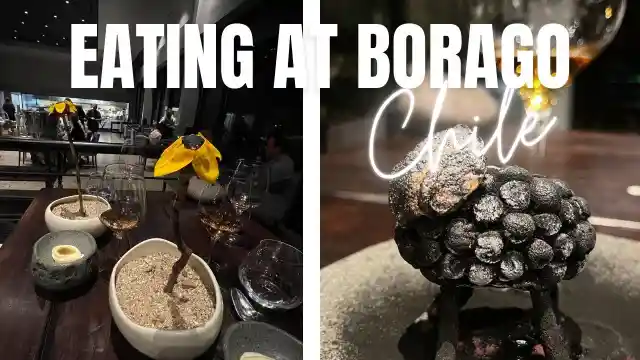
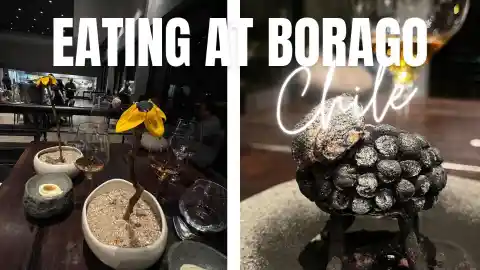
Boragó is among the finest and most sustainable restaurants in Latin America. Boragó uses exclusively local ingredients from Chile's diverse terrain, from the Pacific coast to the Andes highlands, according to the endémica concept. They honor the seasons of nature and collaborate closely with fishers, foragers, and small-scale farmers. By utilizing all of the ingredients—including the stems, skins, and bones—they also reduce waste.In addition to being a restaurant, Boragó is a research and development facility that aims to preserve Chile's natural heritage and experiment with new culinary techniques.